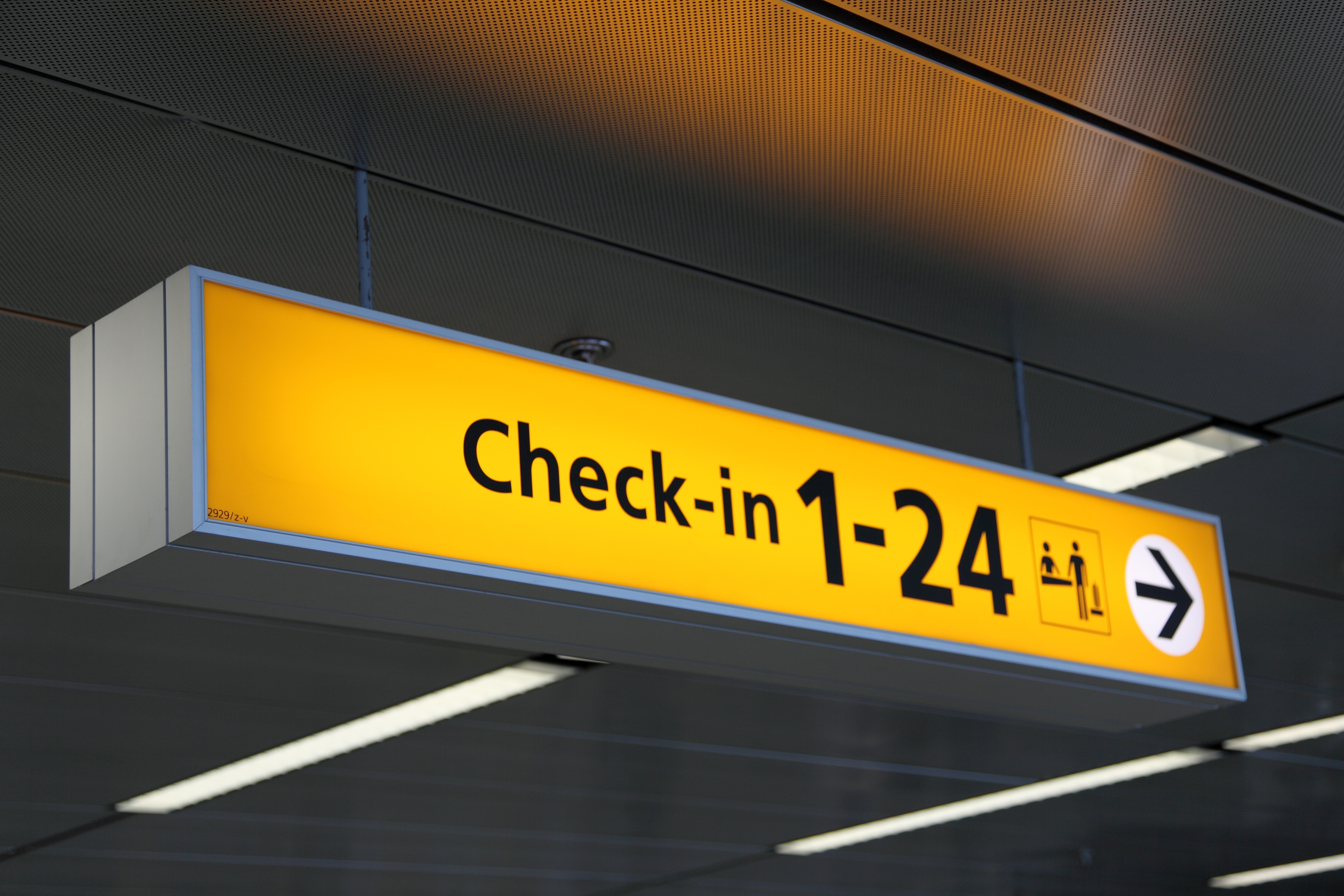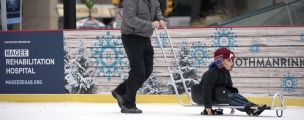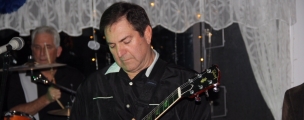Editor’s Note: This is the third part in a series on accessible air travel. Part I offered tips for booking your flight, and Part II provided advice and options for getting to the airport. Today, our resident accessible travel expert Mark will share his tips on checking in.
Okay, you’re trip is booked, you’ve successfully got yourself to the airport – now what? Now it’s time for check-in. This is easy enough, but when you have a disability, there are a few extra things to consider. Here’s what you need to know about check-in, with some of my tips and recommendations.
- Arrive earlier. With air travel, there is always a possibility of delays – and not just for take-off. This is especially true when you have a disability – because there are a few more accommodations that may need to be made, there are a few more opportunities for things to get backed up. This is especially true if you are also checking luggage or have a service animal. The earlier you can get to check-in, the better.
- Make sure seating is accurate. When you are checking in, whether online or at the airport, make sure your seating is what you had discussed when you booked your flight. If there is an error, speak up! You want to make your transfer and trip as easy on you as possible, so remember to be your own advocate.
- Ask for assistance. If you need assistance, check-in is the time to do so. Proceed to the lower level ticketing counters where you will see a sign for individuals with special needs to get to the front of the line. Once at the counter you will present your boarding pass and ID, as well as the luggage you want to check in. This is a good time to remind them if you will need assistance to board the plane. They will give you a special tag for your wheelchair at this time. too. If you need assistance getting to your gate let them know and it will be provided. If not, after you check in downstairs, you are able to proceed to your gate.
- At the gate. After you get through security (we’ll tackle that topic tomorrow!), you’ll want to check in again at your gate. I present them with my boarding pass and remind them that I will need assistance. I usually stay close by so they can see me when it is time to board, as I will be the first one to board. If you have a service dog, be sure to let the staff at the gate know you have a service animal for assistance, and it is not a pet.
Tomorrow we’ll tackle one of the biggest issues surrounding flying with a disability: going through the security checkpoint. Stay tuned!
We want to hear from you! Any tips to add?









